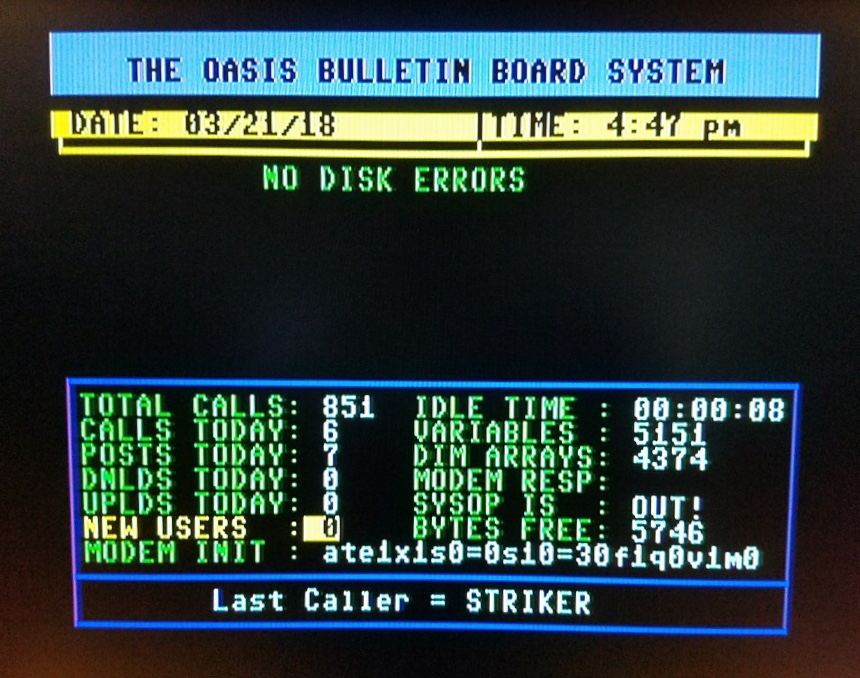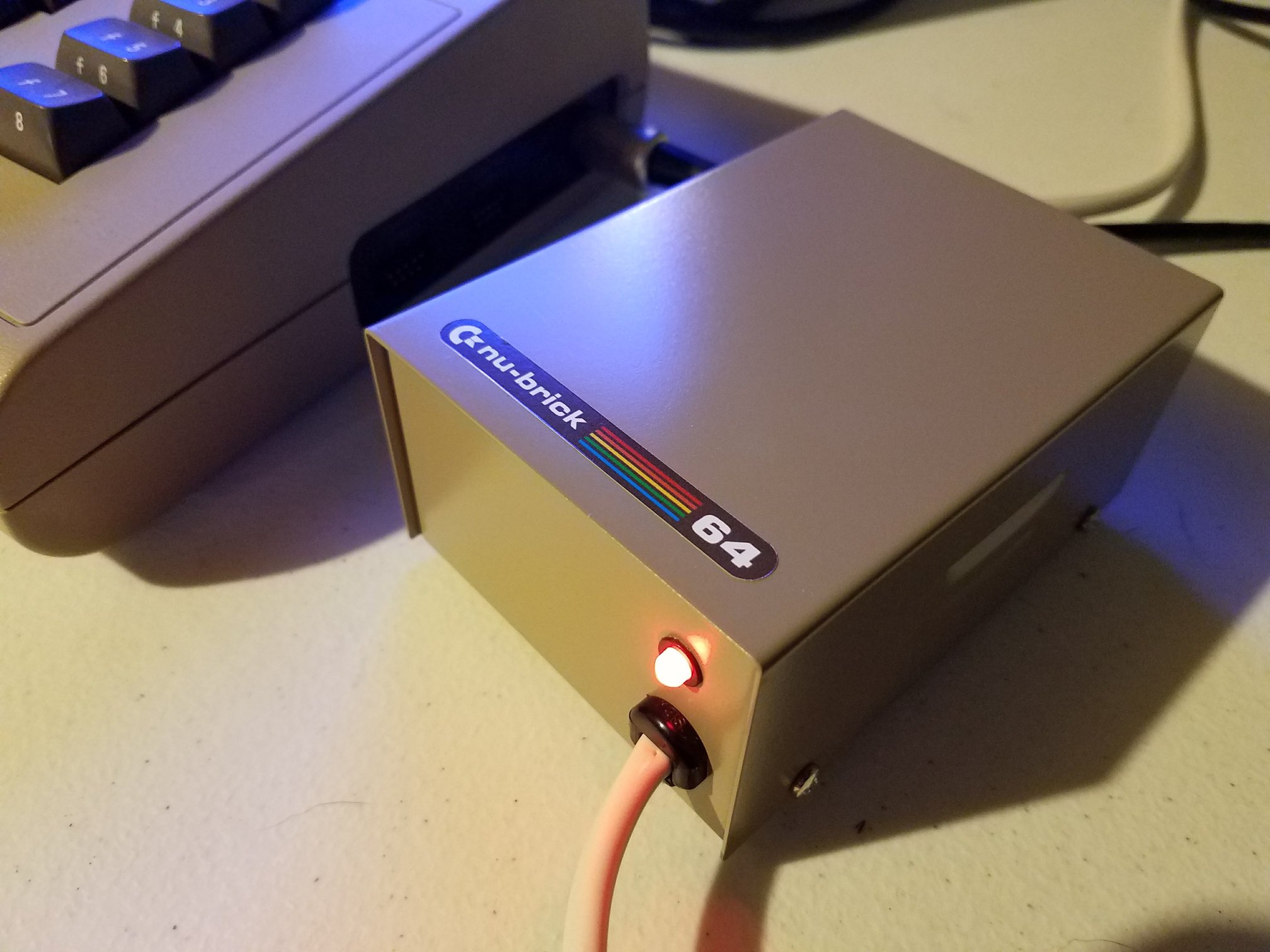In his latest video, Piers Rocks returns to compare two popular microcontrollers: the STM32F4 vs RP2350. While both chips are capable and affordable, Piers explains five practical reasons why the STM32F4 performs better for his OneROM project—a flexible ROM replacement designed for retro computers.
Before diving into the comparison, Piers gives a quick nod to his recent interview on FLOSS Weekly with Jonathan Bennett and Erin Nukem, where he discussed OneROM, vintage computing, and modern microcontrollers. That chat, available through the Hackaday FLOSS Weekly podcast and OneROM.org, gives more insight into his approach and design philosophy.
The first major advantage of the STM32F4 is its boot time. It starts up roughly ten times faster than the RP2350, which can make a difference in certain retro systems that power up instantly. Second, it proves faster hertz-for-hertz when serving ROM data to machines like the Commodore 64. Despite both being ARM-based chips, the STM32F4’s flash cache and memory performance clearly give it an edge.
Third, the STM32F4 offers easier PCB layout for space-constrained designs. The RP2350’s hidden ground pad and strict routing rules complicate board layout, while the STM32F4’s side-pin package keeps things simpler.
Next, Piers highlights 5V tolerance, a critical factor for compatibility with 1980s hardware. The STM32F4 tolerates higher voltages and doesn’t risk pin damage during power sequencing—unlike the RP2350, which must receive 3.3V first to avoid potential failure.
Finally, assembly reliability tips the scales further. Piers reports higher failure rates from JLCPCB when assembling RP2350 boards, likely due to stencil or pad issues. In contrast, STM32F4 boards have proven far more consistent.
The video concludes with a sneak peek of his new 28-pin OneROM prototype running flawlessly in a Commodore 64C. Future episodes will explore where the RP2350 shines.







